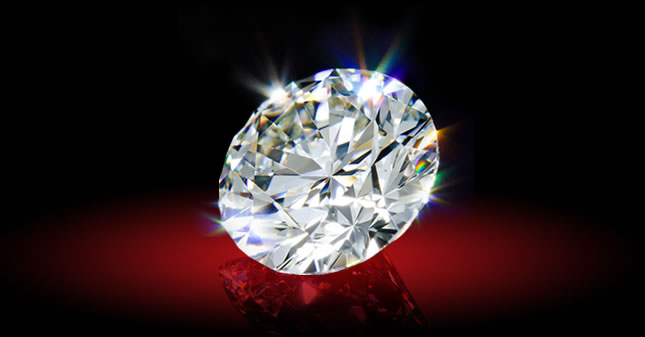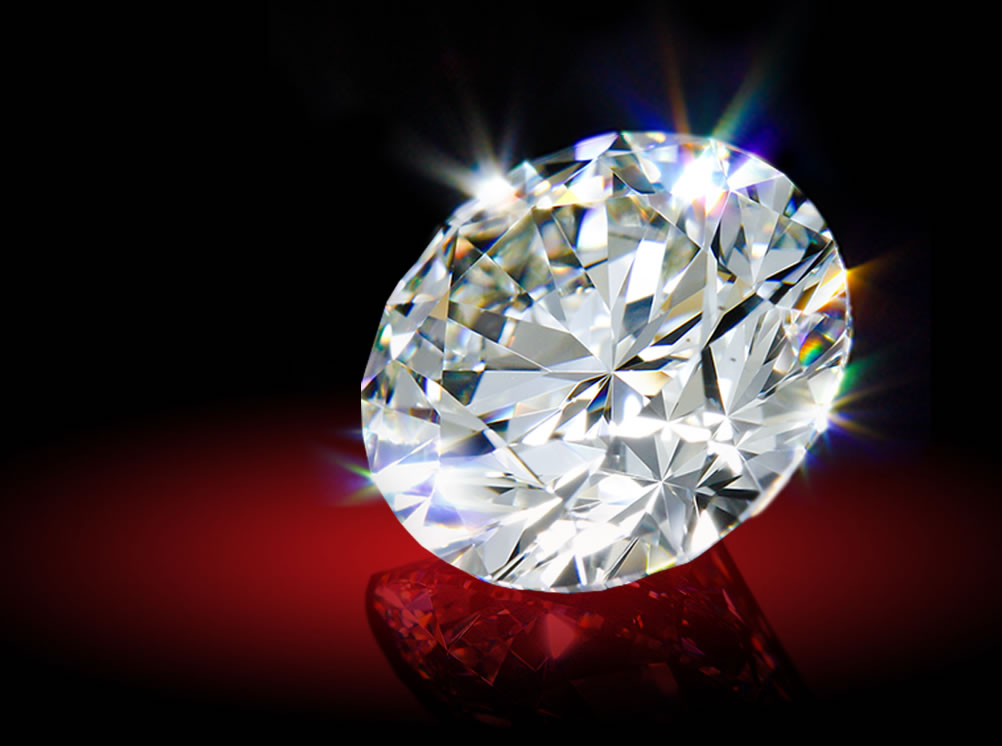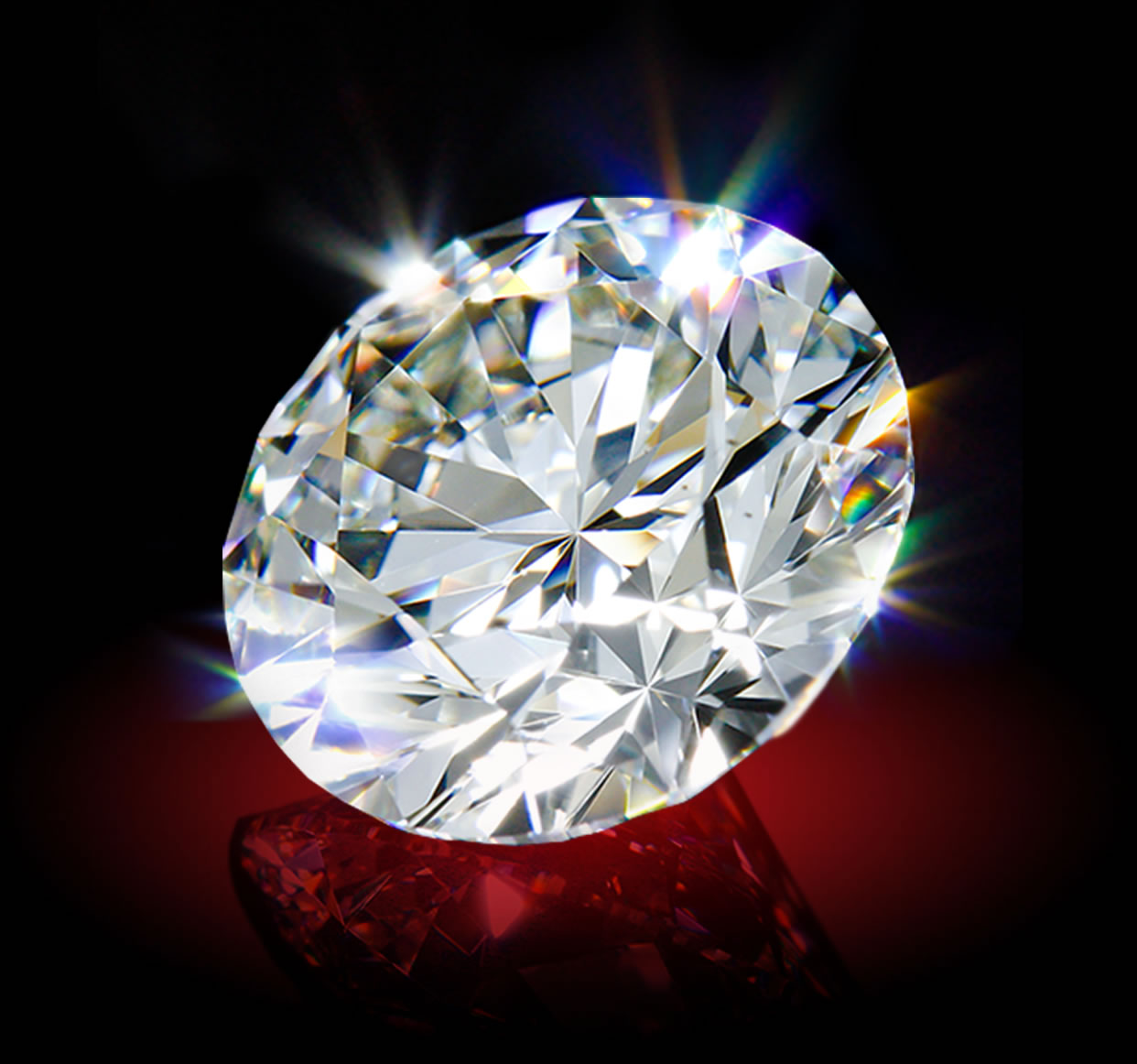The Four C’s of Diamonds: A Complete Guide
Online and in-person diamond shopping is a challenge for a new buyer. With many different retailers and thousands upon thousands of diamonds to choose from, it’s difficult to know where to even begin. However, there are key pieces of information every diamond buyer should be considering, and the crowning factors within those are the four C’s of diamonds.
So what are these four c’s? Why are they so important? How do they enable diamond buyers—even inexperienced ones—to find the best quality diamonds?
What Are the Four C’s?
Certain factors influence the overall quality of a particular diamond, and these factors can be surprising to those not well-versed in
diamond education. For example, you might think that the bigger the diamond, the better it is. That’s not necessarily the case. While bigger diamonds are rarer (and so can come with larger price tags), big doesn’t always translate to high quality.
In fact, a diamond needs to rank highly in four separate areas in order to be seen as a truly high-quality gemstone. These four areas determine the overall appearance and the overall cost, and will be assessed individually in order to obtain a true evaluation of the diamond in question.
These areas are known as the ‘Four C’s’—Cut, Clarity, Carat, and Color. They’re simple factors for the uninitiated to be introduced to, while industry experts and organizations such as the American Gemological Society (AGS) and the Gemological Institute of America (GIA) carry out the
in-depth laboratory analysis on diamonds to specify their quality when placed on the market.
Let’s explore the Four C’s.
Cut
The term ‘diamond cut’ refers to two separate characteristics which can be confusing. First is the overall shape of the diamond; round cut, princess cut, emerald cut, etc. Second, and of the utmost importance in terms of beauty, is the cut grade; this factor relates to the craftsmanship, precision, and light performance of the diamond.
A rough diamond can be shaped into a wide variety of shapes and facet configurations. One thing that makes cut quality potentially the most important factor when evaluating quality is that cut is the only attribute that comes about as a result of human input.
It’s the only part of a diamond influenced and created by skilled craftspeople, who dedicate time and effort into creating the perfectly cut stone. And the cut quality of the diamond has the most bearing on the beauty aspects of brightness, fire, and sparkle.
When evaluating diamond cut, an industry expert will consider:
- Proportioning
- Alignment
- Finish
These all determine the overall light performance of a diamond. Proper cutting reveals the diamond’s fullest potential, and can even improve the overall appearance of a diamond that contains noticeable inclusions or tint.
The most popular cut style is the
Round Cut diamond (otherwise known as Round Brilliant), which has become the iconic look of diamonds everywhere. The simple reason for this is that a Round Cut diamond has completely symmetrical geometry, allowing for the highest light performance of any diamond shape, provided it is cut with precision.
This is an image taken of one of our VVS1 A CUT ABOVE® Hearts and Arrows Diamonds, a fantastic example of the geometry present in Round Brilliant cuts.
Some of the best examples of the Round Cut can be found in the
A CUT ABOVE® Round Hearts and Arrows Super Ideal Diamonds, which are proven to exhibit the highest order of light performance available on the market today. Because of this, these diamonds are renowned worldwide for their beauty.
Find out more about diamond cuts
here.
Clarity
Diamond clarity is another undeniably important facet of overall grading. It refers to how visible a diamond’s inclusions are. These can also be considered ‘birthmarks’, which are present inside the diamond from when the diamond first formed millions of years ago below the crust of the Earth. Within the industry, they are regarded as inclusions and will directly affect the value of a diamond.
Most diamonds contain inclusions that are invisible to the naked eye, but others, such as this SI2 diamond, feature inclusions that are easily spotted.
Determining clarity will also account for how many inclusions there are, their type, size, and location, which should all be included in a trusted diamond evaluation. There are multiple types of inclusion to be found, such as:
- Crystals
- Clouds
- Feathers
- Cavities
- Graining
- Twinning Wisps
- Needles
10x magnification is used by experienced diamond graders to determine the clarity of the diamond at hand, giving them the best view with which to begin analysis. Clarity will then be judged on a scale, ranging from Flawless to Imperfect. This scale comes from the GIA, and is split into the following sections:
- Flawless (FL)
- Internally Flawless (IF)
- Very, Very Slightly Included (VVS) — VVS is divided into two grades, VVS1 and VVS2
- Very Slightly Included (VS) - VS is also divided into two grades, VS1 and VS2
- Slightly Included (SI) - SI is divided into SI1 and SI2
- Imperfect (I) - Imperfect divides into I1, I2, and I3
There are also external blemishes to take into consideration, such as:
- Naturals
- Scratches
- Chips
- Nicks
- Abrasions
Carat
Carat, not to be confused with the unit of measurement for gold (Karat), is the term used to denote the weight of a diamond. One diamond carat is equal to 200 milligrams, roughly about the same weight as an aspirin pill.
Carat is a key determining factor in the cost of a diamond, and so diamond cutters will try to retain as much weight as they possibly can from the original rough stone. But cutting for maximum carat weight also has a direct effect on the overall light performance.
For example, a diamond cut for a higher carat weight may be deeper or thicker at the girdle. However, this can negatively affect light performance. The same goes for a large diamond cut shallower.
Most cutters will try to retain as much carat weight from the rough as possible while crafting a diamond that has “good enough” light performance. Precision cutters will prioritize light performance and beauty over carat weight.
Color
Color has a huge impact on the cost and appearance of a diamond, with the most expensive types of diamond usually being graded as ‘colorless’ - icy white. From Colorless and Near-colorless they progress down through the grading scale to tinted diamonds, and can be seen in small increments from D (colorless) through Z (tinted).
This is the ‘normal range’ of diamond coloration.
There are also diamond colors that do not fit on this scale, which are known as ‘
fancy color diamonds’ and are evaluated completely differently. This involves determining the primary hue, modifying hues, saturation of color, and intensity.
Color is not to be confused with a diamond’s ‘fire’, which is actually the dispersion of white light into spectral colors as a result of the refraction of light through the body of the diamond—those little flashes of rainbow color you see when a diamond is moved in relation to a light source. You can read more about diamond fire
here.
See more about diamond color grading
here.
A CUT ABOVE® Diamonds: See the Best of the Four C’s
Meticulously Analyzed for Superior Quality and Performance
- In-Stock & Fully Vetted
- ISO 9000 Certified Review
- Light Performance Imaging
- Lifetime 100% Trade-Up

- Proprietary AGS Certificate
- Negligible Fluorescence
- AGSL Triple Ideal
- Laser Inscription
- 360 HD Video
- In-Stock & Fully Vetted
- ISO 9000 Certified Review
- Light Performance Imaging
- Lifetime 100% Trade-Up
- Proprietary AGS Certificate
- Negligible Fluorescence
- AGSL Triple Ideal
- Laser Inscription
- 360 HD Video


- In-Stock & Fully Vetted
- ISO 9000 Certified Review
- Light Performance Imaging
- Lifetime 100% Trade-Up
- Proprietary AGS Certificate
- Negligible Fluorescence
- AGSL Triple Ideal
- Laser Inscription
- 360 HD Video
Find Your Perfect A CUT ABOVE® Super Ideal Cut Diamond